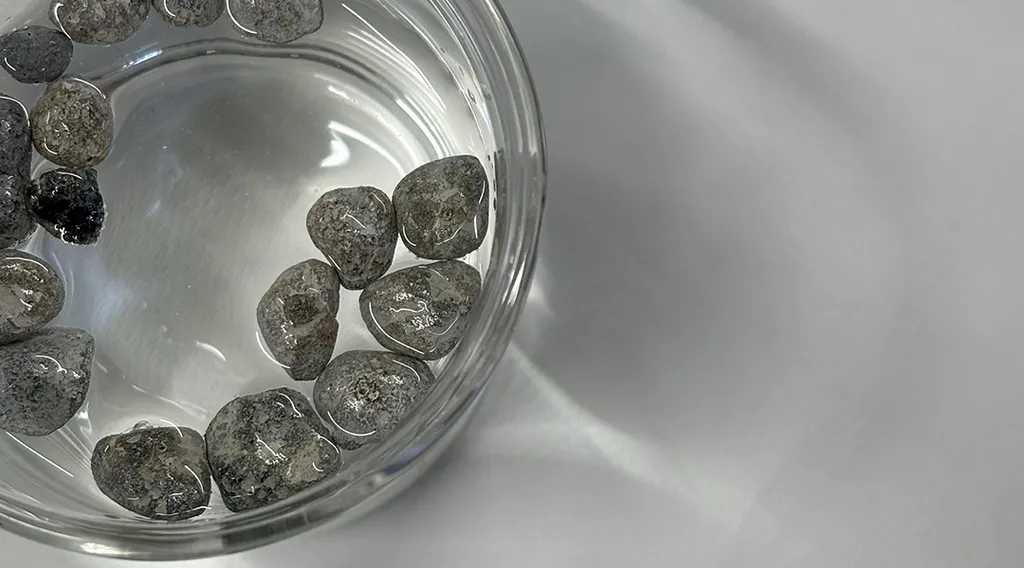In the quest for cleaner water and more efficient wastewater treatment, a team of researchers led by Ehiaghe Elimian from the Department of Civil and Environmental Engineering at the University of Alberta has made significant strides. Their work, published in the journal *Applied Surface Science Advances* (which could be loosely translated to *Advanced Studies in Surface Science*), focuses on hybrid metal-free floatable photocatalysts, a promising technology that could revolutionize water treatment processes.
Photocatalysis, a process that uses light to activate catalysts and break down contaminants, has long been recognized for its potential in environmental remediation. However, traditional powdered photocatalysts come with their own set of challenges, including limited light collection, inadequate surface area, and difficulties in separation from treated water. Elimian and his team have been exploring hybrid floatable metal-free photocatalysts (MFPs) to address these issues.
“Metal-free photocatalysts like graphene oxide, reduced graphene, and carbon nitride are gaining traction due to their low cost, high stability, and excellent thermal conductivity,” Elimian explains. “By integrating these materials into floatable composites, we can enhance their performance and overcome some of the limitations of traditional photocatalysts.”
The research team has been investigating various fabrication processes for these hybrid composites and evaluating their performance in degrading organic dyes, antibiotics, and even inactivating pathogens. One of the key advantages of these floatable MFPs is their ability to be coupled with other technologies, such as ultrasonic vibration and the piezoelectric effect, to further enhance water remediation efforts.
“This technology has the potential to significantly improve wastewater treatment processes, making them more efficient and cost-effective,” Elimian notes. “It could also open up new avenues for commercial applications in the energy sector, particularly in solar-powered water treatment systems.”
The implications of this research are far-reaching. As the world grapples with increasing water scarcity and pollution, innovative solutions like these floatable photocatalysts could play a crucial role in ensuring access to clean water. Moreover, the potential to integrate these technologies with renewable energy sources aligns with global efforts to transition towards more sustainable and eco-friendly practices.
While there are still challenges to be addressed, the future of hybrid metal-free floatable photocatalysts looks promising. As Elimian and his team continue to refine their techniques and explore new applications, they are paving the way for a cleaner, healthier, and more sustainable future. Their work, published in *Applied Surface Science Advances*, serves as a testament to the power of innovation and the potential of cutting-edge research to drive meaningful change in the world.

